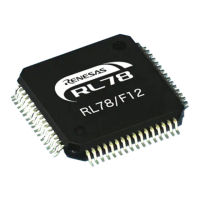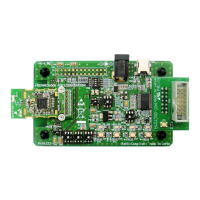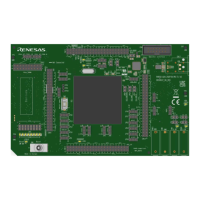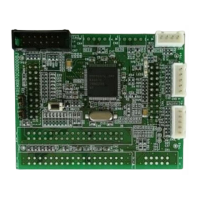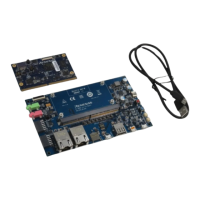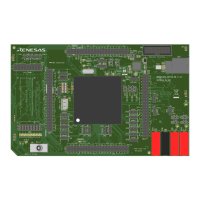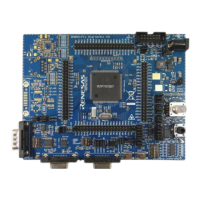RL78/F13, F14 CHAPTER 27 SAFETY FUNCTIONS
R01UH0368EJ0210 Rev.2.10 1605
Dec 10, 2015
27.3.9 Frequency detection function
The frequency detection function can detect whether the clock is operating on an abnormal frequency by comparing the
high-speed on-chip oscillator clock, external X1 oscillation clock, or PLL clock with the low-speed on-chip oscillator clock
(15 kHz).
Figure 27-23. Configuration of Frequency Detection Function
<Operational overview>
Whether the clock frequency is correct or not can be judged by measuring the pulse width under the following conditions:
The high-speed on-chip oscillator clock (f
IH), external X1 oscillation clock (fMX), or PLL clock (fPLL) is selected as the
CPU/peripheral hardware clock (f
CLK).
The low-speed on-chip oscillator clock (f
IL: 15 kHz) is selected as the timer input for channel 1 of timer array unit 0
(TAU0).
If pulse width measurement results in an abnormal value, it can be concluded that the clock frequency is abnormal.
For how to execute pulse width measurement, see 6.7.4 Operation as input pulse interval measurement.
X1
X2
XT1
XT2
TI01
X1 oscillator (f
MX)
XT1 oscillator (f
SUB)
Clock monitor
PLL
Low-speed on-chip
oscillator (15 kHz)
High-speed on-chip
oscillator (f
IH)
Selector
Selector
Selector
Selector
Timer array unit 0
(TAU0)
f
MAIN fMP
fSL
fIL
fCLK
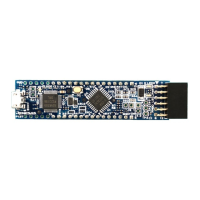
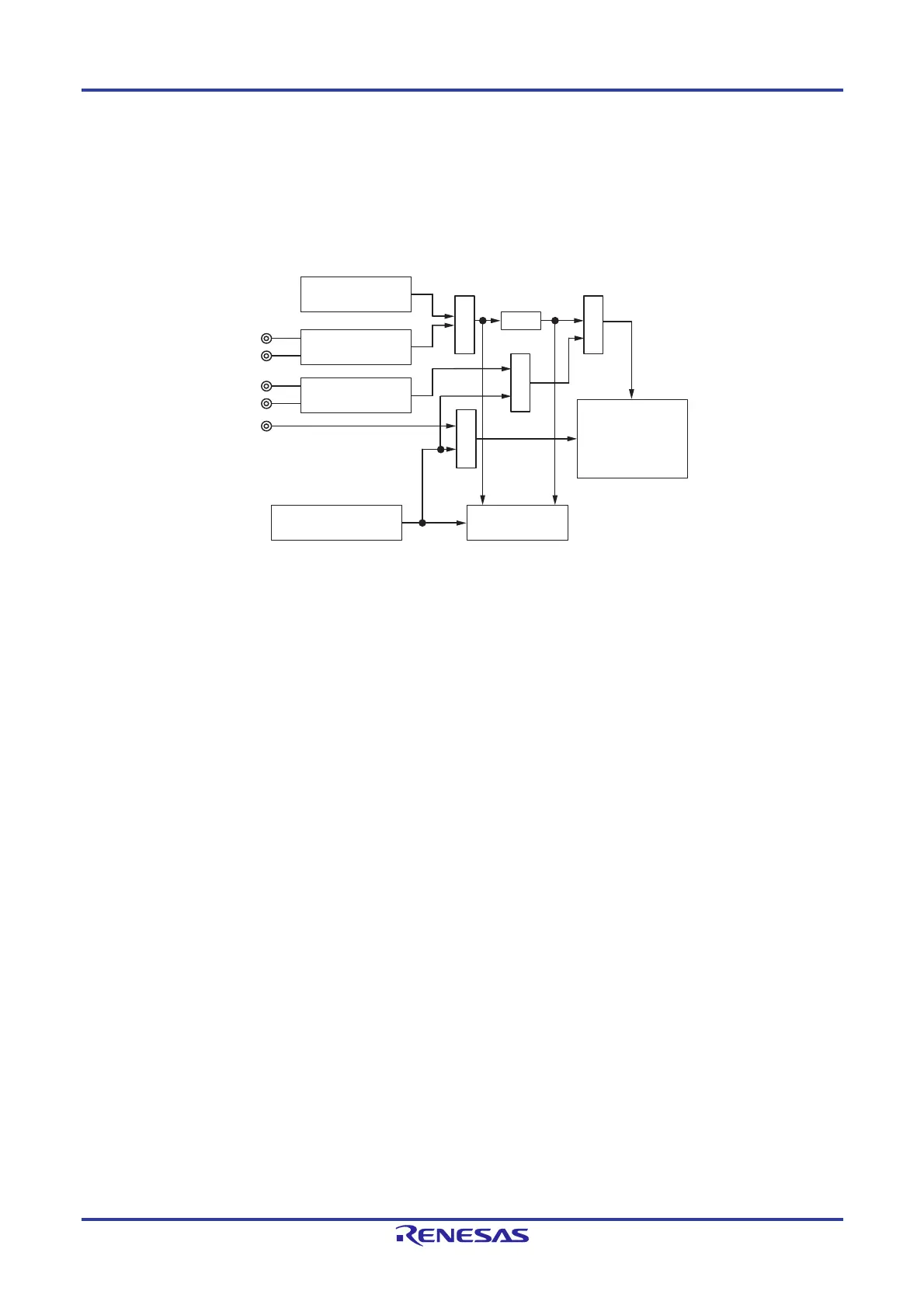